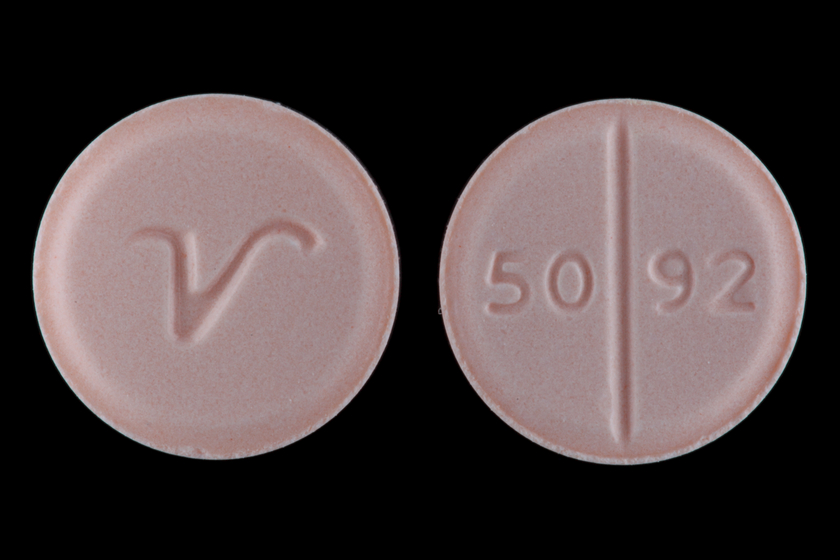| name | Prednisone |
| Classification | Corticosteroid, Glucocorticoid |
| Pharmacokinetics | Prednisone is a prodrug. It is converted to prednisolone in the liver, which is the active metabolite. Prednisone is rapidly absorbed from the gastrointestinal tract. Peak plasma concentrations are reached within 1-4 hours. Prednisone is widely distributed throughout the body. It is metabolized primarily in the liver and excreted in the urine. The half-life of prednisone is approximately 2 to 4 hours, while the half-life of prednisolone is 3-4 hours. |
| suggested dosage | | male patient 25y 70kg | | initial dosage range | 5-60mg daily | | explanation | The specific dosage will vary greatly depending on the indication for use and the patient's individual response. It's crucial to follow a doctor's prescription, as improper dosage can have severe consequences. A physician should monitor the patient's response and adjust the dosage as needed. | | important note | This is a general guideline and should not be considered medical advice. Consult with a healthcare professional for proper dosage. |
|
|
| indications | | 1 | Addison's disease | | 2 | Allergic reactions (asthma, rhinitis) | | 3 | Autoimmune diseases (lupus, rheumatoid arthritis) | | 4 | Certain types of cancer | | 5 | Eye inflammation | | 6 | Inflammatory bowel disease | | 7 | Skin conditions (dermatitis, psoriasis) | | 8 | Organ transplant rejection |
|
| Safety in pregnancy | Prednisone use during pregnancy should be carefully considered and only used under direct medical supervision. It's associated with potential risks to the fetus, including growth retardation, adrenal insufficiency in the newborn, and other complications. The benefits and risks should be thoroughly discussed with the patient. |
| Safety in breastfeeding | Prednisone can be passed into breast milk, and potential effects on the nursing infant should be discussed with a doctor. It's important to monitor the baby for any adverse reactions, and it may be necessary to adjust or discontinue breastfeeding in some cases. |
| side effects | | 1 | Fluid retention | | 2 | Weight gain | | 3 | Increased appetite | | 4 | Hyperglycemia | | 5 | Osteoporosis | | 6 | Muscle weakness | | 7 | Mood changes (anxiety, irritability) | | 8 | Skin thinning | | 9 | Easy bruising | | 10 | Infection risk | | 11 | High blood pressure | | 12 | Cataracts | | 13 | Glaucoma | | 14 | Peptic ulcers | | 15 | Facial flushing |
|
| alternatives | |
| contraindications | | 1 | Hypersensitivity to prednisone or other corticosteroids | | 2 | Active untreated infection (in some cases) | | 3 | Fungal infections |
|
| interactions | | 1 | Other corticosteroids | | 2 | Immunosuppressants | | 3 | Certain medications for diabetes | | 4 | NSAIDs (Nonsteroidal anti-inflammatory drugs) | | 5 | Potassium-depleting diuretics |
|
| warnings and precautions | Prednisone's use should be monitored by a physician. Long-term use carries a higher risk of adverse effects. Patients must be carefully monitored for signs of complications. Dosage adjustments may be necessary in certain situations. |
| additional informations | Prednisone is a potent anti-inflammatory medication. It works by suppressing the immune system. Patients should be informed about the potential for side effects and encouraged to report any concerns to their physician. The drug should never be abruptly discontinued. Tapering is typically necessary. |
| important disclaimer | This information is for educational purposes only and should not be considered medical advice. Always consult a qualified healthcare professional for diagnosis and treatment. |

